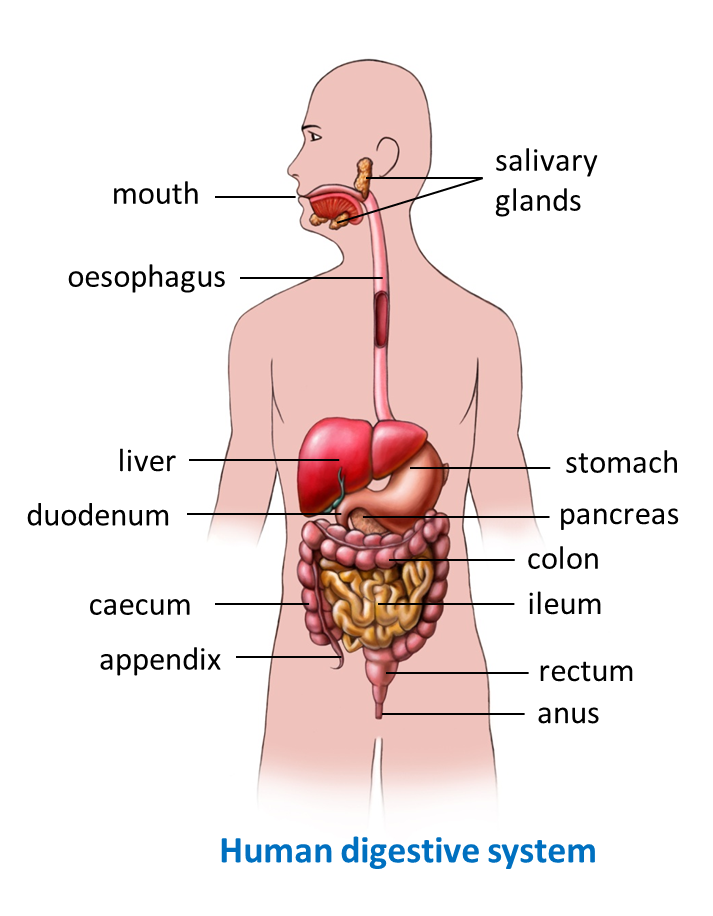6.4.2 Digestion in the Small Intestine

Digestion in the Small Intestine
1. The small intestine consists of the duodenum, jejunum and the highly coiled ileum.2. The duodenum is the first part of the small intestine, receives chyme from the stomach and secretions from the gall bladder and pancreas.
[adinserter block="3"]
Digestion in the duodenum
Liver
1. Bile is an alkaline, greenish-yellow liquid produced in the liver and stored in the gall bladder. When stimulated, bile is transported from the gall bladder to the duodenum.
2. Bile does not contain any digestive enzymes.
3. Bile helps to reduce the acidity of the chyme and optimises the pH for enzyme action.
4. Bile salts emulsify the lipids (fats) and break them up into tiny droplets, thus providing a larger surface area for digestion by enzymes (lipase).
Pancreas
1. Pancreas secretes pancreatic juice which contains the enzymes pancreatic amylase, trypsin and lipase, transported by the pancreatic duct, to the duodenum.
2. The optimum pH required for the action of enzymes in the pancreatic juice is between 7.2 and 8.2.
Duodenum
1. In the duodenum, pancreatic amylase hydrolyses the starch to maltose.
2. Trypsin hydrolyses polypeptides into shorter peptide chains.
3. Lipase hydrolyses the lipids to glycerol and fatty acids.
[adinserter block="3"]
Digestion in the ileum
1. Glands in the wall of the ileum secrete intestinal juice which contains digestive enzymes needed to complete the digestion of food.
2. At the end of the digestive process, all carbohydrates are digested into monosaccharides such as glucose, fructose and galactose.
· Maltase hydrolyses maltose to glucose
· Sucrase hydrolyses sucrose to glucose and fructose
3. Proteins are digested into amino acids and lipids into fatty acids and glycerol.